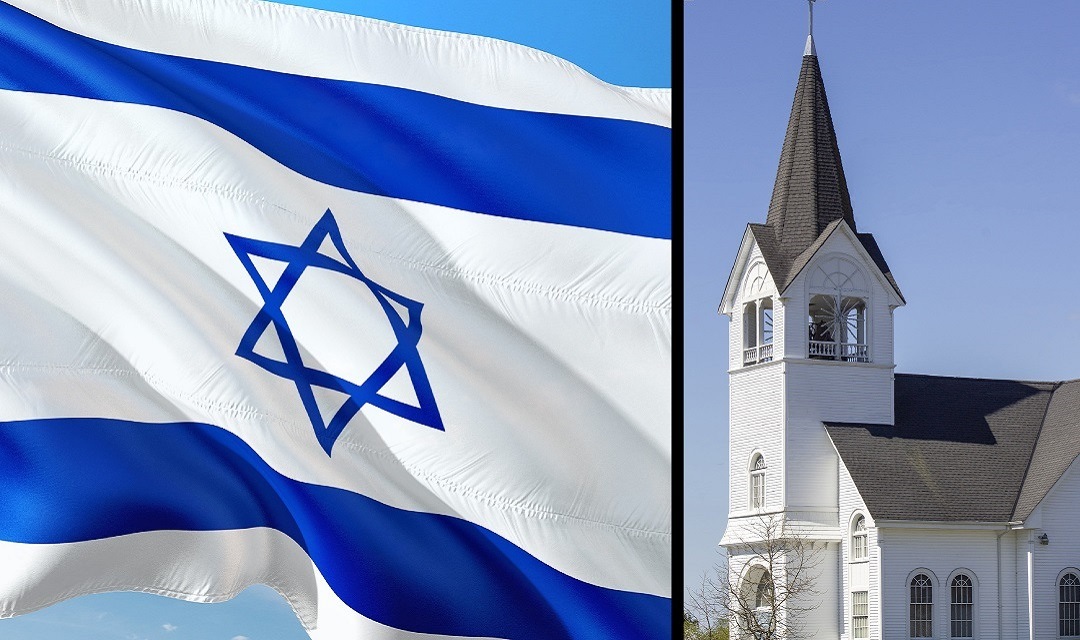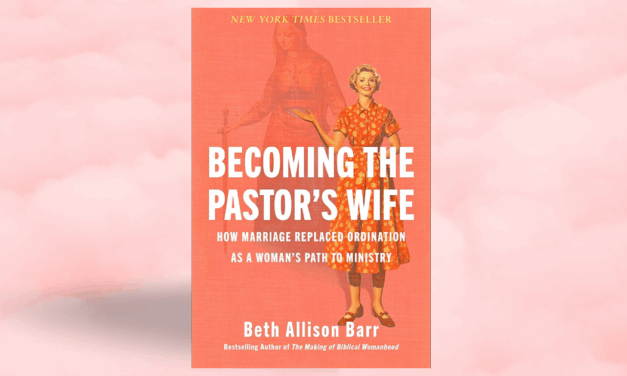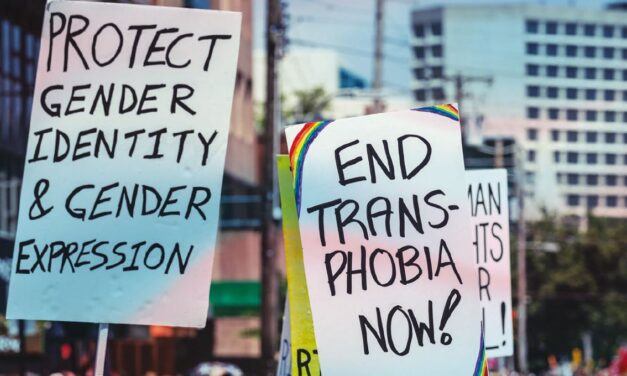This article first appeared in the Ask Hank column of the Christian Research Journal, volume 31, number1 (2008). For further information or to subscribe to the Christian Research Journal go to: http://www.equip.org
“There is neither Jew nor Greek, slave nor free, male nor female, for you are all one in Christ Jesus. If you belong to Christ, then you are Abraham’s seed, and heirs according to the promise” (Gal.3:28–292).
At the heart of a currently popular end–times theology is the belief that God has two distinct people—one of whom must be raptured before God can continue His plan with the other. Rather than teaching that God has two categories of people, Scripture reveals only one chosen people who form one covenant community, beautifully symbolized by one cultivated olive tree.
First, far from communicating a distinction between Israel and the church, the Scriptures from beginning to end reveal that God has only ever had one chosen people purchased “from every tribe and tongue and language and nation” (Rev.5:9). As Paul explains, the “mystery is that through the gospel the Gentiles are heirs together with Israel, members together of one body, and sharers together in the promise in Christ Jesus” (Eph.3:6, emphasis added). Indeed, the precise terminology used to describe the children of Israel in the Old Testament is ascribed to the church in the New Testament. Peter calls them “a chosen people, a royal priesthood, a holy nation, a people belonging to God” (1Pet.2:9). Ultimately, they are the one chosen people of God, not by virtue of their genealogical relationship to Abraham, but by virtue of their genuine relationship to “the living Stone—rejected by men but chosen by God” (1Pet.2:4).
Furthermore, just as the Old and New Testaments reveal only one chosen people, so too, they reveal only one covenant community. While that one covenant community is physically rooted in the offspring of Abraham—whose number would be like that of “the stars” of heaven (Gen.15:5) or “the dust of the earth” (Gen.13:16)—it is spiritually grounded in one singular Seed. Paul makes this explicit in his letter to the Galatians: “The promises were spoken to Abraham and to his seed. The Scripture does not say ‘and to seeds,’ meaning many people, but ‘and to your seed’ meaning one person, who is Christ” (Gal.3:16). As Paul goes on to explain: “If you belong to Christ, then you are Abraham’s seed, and heirs according to the promise” (Gal.3:29). The faithful remnant of Old Testament Israel and New Testament Christianity are together the one genuine seed of Abraham and thus heirs according to the promise. This remnant is not chosen on the basis of religion or race but rather on the basis of relationship to the resurrected Redeemer.
Finally, the one chosen people, who form one covenant community, are beautifully symbolized in the book of Romans as one cultivated olive tree (see Rom.11:11–24). The tree symbolizes Israel; its branches symbolize those who believe; and its root symbolizes Jesus—the root and the offspring of David (Rev.22:16). Natural branches broken off represent Jews who reject Jesus. Wild branches grafted in represent Gentiles who receive Jesus. Thus says Paul, “Not all who are descended from Israel are Israel. Nor because they are his descendants are they all Abraham’s children….In other words, it is not the natural children who are God’s children, but it is the children of the promise who are regarded as Abraham’s offspring” (Rom.9:6–8). Jesus is the one genuine seed of Abraham! And all clothed in Christ constitute one congruent chosen covenant community connected by the cross.3
— Hank Hanegraaff
NOTES
- Excerpted from Hank Hanegraaff’s The Bible Answer Book, Volume 2 (Nashville: J. Countryman, 2006).
- All Scripture quotations are from the New International Version.
- For further study, see Hank Hanegraaff, The Apocalypse Code (Nashville: W Publishing Group, 2007).









